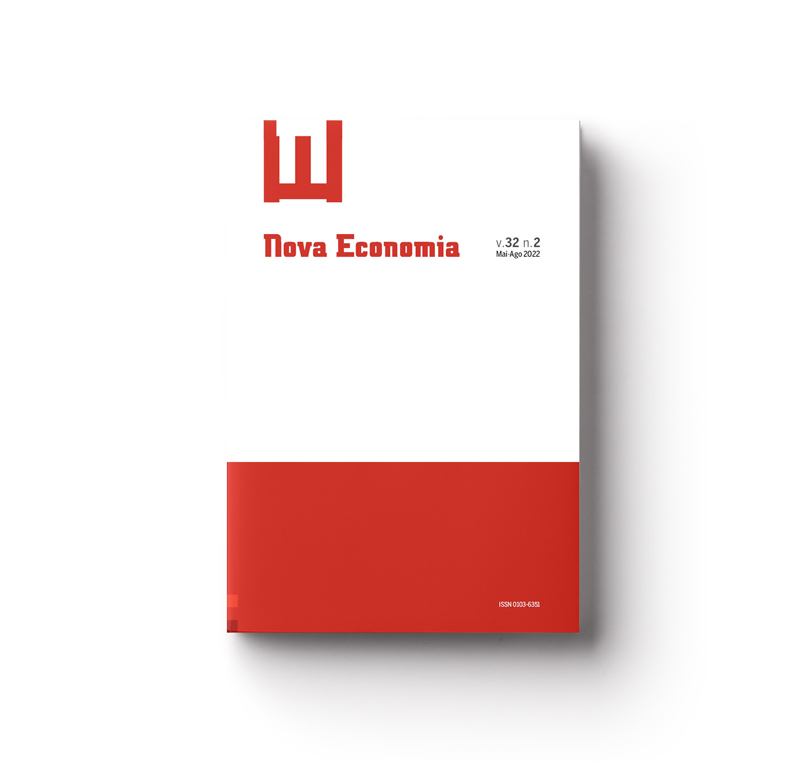China and Brazilian deindustrialization: a look beyond regressive specialization
Abstract
Abstract
The article analyzes how the strengthening of trade relations between Brazil and China, since the 2000s, has caused the deepening of two characteristic phenomena of the Brazilian economy since the 1980s: regressive specialization and deindustrialization. In particular, in addition to the impacts, which have been widely analyzed, regarding the Chinese role in productive specialization in the recent period, it is argued that these effects are extended to the densification of the productive structure. Based on the adaptation of industrial densification indicators – the manufacturing densification coefficient (CDIT) and the relative participation coefficient in the densification (CPRD) – using the World Input-Output Database (WIOD) as a database, the article points out how the Chinese advance occurred transversally (increased participation in all sectors analyzed) and heterogeneous (an important sectorial bias in this Chinese advance is observed) in the Brazilian manufacturing
Keywords: De-industrialization; Structural Change; International Trade; China.
JEL Codes: O14, F19.
Downloads
Published
How to Cite
Issue
Section
License
Copyright (c) 2022 Thiago Noronha Sugimoto, Antônio Carlos Diegues Júnior

This work is licensed under a Creative Commons Attribution 4.0 International License.
Authors who publish with this journal agree to the following terms:
- Authors retain copyright and grant the journal right of first publication with the work simultaneously licensed under a Creative Commons Attribution 4.0 International License that allows others to share the work with an acknowledgement of the work's authorship and initial publication in this journal.
- Authors are able to enter into separate, additional contractual arrangements for the non-exclusive distribution of the journal's published version of the work (e.g., post it to an institutional repository or publish it in a book), with an acknowledgement of its initial publication in this journal.
- Authors are permitted and encouraged to post their work online (e.g., in institutional repositories or on their website) prior to and during the submission process, as it can lead to productive exchanges, as well as earlier and greater citation of published work (See The Effect of Open Access).




